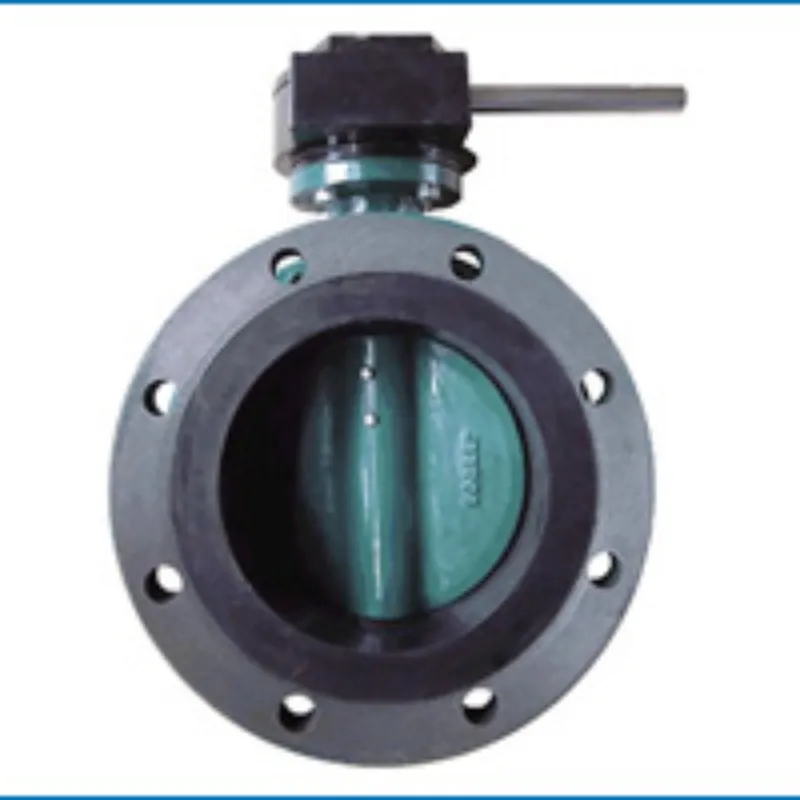Nov . 08, 2024 09:42 Back to list
Understanding the Benefits and Applications of Rubber Expansion Joints in Industrial Systems
Understanding Rubber Expansion Joints Their Importance and Functionality
Rubber expansion joints play a crucial role in various piping systems, providing flexibility and absorption of movement in applications subjected to temperature variations, vibration, and misalignment. These joints are engineered to accommodate thermal expansion and contraction, making them essential components in industries ranging from chemical processing to HVAC systems.
What Are Rubber Expansion Joints?
Rubber expansion joints are flexible connectors made of elastomeric materials, commonly rubber or synthetic rubber. They are designed to absorb movements caused by thermal expansion, pressure fluctuations, and equipment vibrations. Unlike rigid connectors, these joints can move in multiple directions, providing significant operational benefits.
Construction and Design
The typical design of a rubber expansion joint consists of a rubber body, fabric or steel reinforcements, and flanges for ease of installation. The rubber is often compounded to resist the specific chemicals and temperatures it will encounter in its operating environment. The reinforcement layer lends mechanical strength and stability, allowing the joint to withstand higher pressures and minimize deformation.
Various configurations exist, including single arch, double arch, and various shapes tailored to specific applications. The choice of design usually depends on factors such as the amount of movement expected, the type of fluid being transported, and the operational environment.
Key Advantages
1. Flexibility Rubber expansion joints can absorb movements of different magnitudes and in multiple directions, which is crucial for systems subject to thermal expansion or mechanical vibration.
2. Vibration Isolation By providing a buffer between two hard surfaces, rubber expansion joints can significantly dampen vibrations, leading to reduced noise levels and wear on system components.
rubber expansion joint

4. Corrosion Resistance Many rubber compounds are designed to be resistant to various chemicals, which not only extends the service life of the joints but also protects the connected piping from corrosion.
5. Cost-Effectiveness Given their durability and low maintenance needs, rubber expansion joints can be a cost-effective solution in the long run, reducing failure rates and downtime.
Applications
Rubber expansion joints are widely used in many industries. In chemical processing plants, they accommodate significant temperature fluctuations and chemical exposure. In HVAC systems, they help manage noise and vibrations generated by pumps and fans. Additionally, they are essential in power plants and water treatment facilities, where thermal expansion of pipes is prevalent.
Maintenance and Lifespan
While rubber expansion joints are designed for resilience, regular inspection and maintenance are recommended to ensure optimal performance. Factors like UV exposure, chemical exposure, and extreme temperatures can impact their longevity. Inspecting joints for signs of wear, such as cracking or hardening, can prevent unexpected failures.
Typically, a well-maintained rubber expansion joint can last anywhere from 5 to 15 years, depending on the operating conditions and the type of rubber used. Replacing worn joints promptly can save considerable costs related to system failures and downtime.
Conclusion
In conclusion, rubber expansion joints provide vital functionality and flexibility in an array of industrial applications. Their ability to accommodate thermal expansion, isolate vibrations, and resist corrosive environments makes them indispensable for efficient and reliable system operations. By understanding their design, advantages, and applications, engineers and maintenance personnel can harness the full potential of rubber expansion joints, ensuring the longevity and reliability of their piping systems. Investing in high-quality expansion joints and adhering to maintenance protocols will contribute significantly to operational success and efficiency across various industries.
Share
-
YType Strainer: Reliable guardians in fluid pipelinesNewsMay.15,2025
-
Wire Cable: The invisible pillar of engineering strengthNewsMay.15,2025
-
Wafer Type Butterfly Valve Flange: Characteristics, Applications, and Development TrendsNewsMay.15,2025
-
Standard Wire and Cable: Building the nervous system of modern societyNewsMay.15,2025
-
RSV Gate Valves: Structure, Application, and Analysis of Advantages and DisadvantagesNewsMay.15,2025
-
NonReturn Swing Check Valve: A reliable unidirectional flow control deviceNewsMay.15,2025